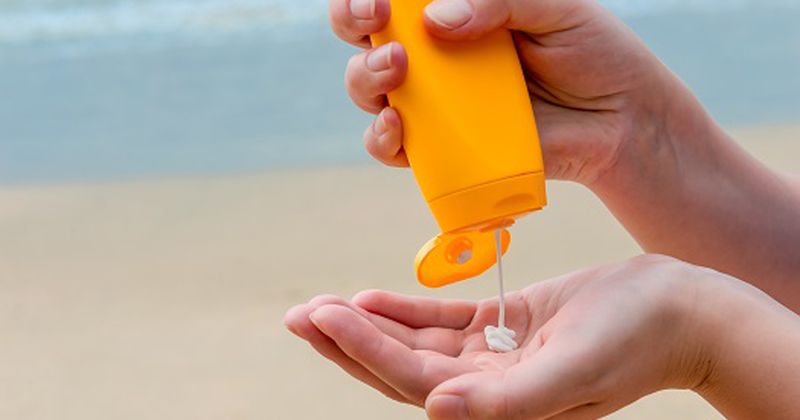Sunscreen guide finds concerning ingredients, poor protection in about 75% of products
The Environmental Working Group reported that about 75% of evaluated products rated poorly for skin protection from the sun and include potentially harmful ingredients, according to a press release.
The statistic was released as a part of the Environmental Working Group’s (EWG) 16th annual Guide to Sunscreens, which assessed the effectiveness of more than 1,850 products advertising sun protection such as recreational sunscreens, daily-use moisturizers with SPF and lip balms with SPF.

“The sunscreens guide was created so that consumers wouldn’t have to sift through misleading market claims and complex ingredient lists to find products that provide the best protection and are free of concerning ingredients,” Emily Spilman, BSE, a science analyst with EWG’s Healthy Living Science team, told Healio. “It is one of the best ways to identify safe and healthy products.”

According to the release, one out of four products reviewed met EWG standards for adequate protection and did not contain ingredients that may cause harm, such as oxybenzone, a potential hormone-disrupting chemical that has reportedly been detected in the bodies of most Americans.
“Most of the products we tested reduced UV radiation by only half what we expect from looking at the SPF on the label,” David Andrews, PhD, a senior scientist at EWG and lead author of the peer-reviewed research, said in the release. “Our study shows that sunscreens are not adequately effective, especially at reducing [ultraviolet A] radiation. And current regulations, which allow inflated SPF values and poor UVA protection, leave consumers vulnerable to harmful sun exposure.”
The guide’s best-scoring sunscreens reportedly contain zinc oxide, titanium dioxide or both, the only two FDA approved sunscreen ingredients according to the release, each of which have fewer health concerns and offer good sun protection.
In addition to avoiding ingredients such as oxybenzone, the EWG also recommends staying away from vitamin A sunscreens due to the common use of retinyl palmitate and the government studies linking this ingredient to skin tumors and lesions when applied to sun-exposed skin.
Spilman recommends that consumers should look for a mineral-based product with an SPF value between 15 and 50, and if possible, avoid spray sunscreens entirely.
“Laboratory tests also detected benzene, a carcinogen, in aerosol products like some sunscreens,” Spilman told Healio. “We recommend consumers skip spray sunscreens entirely due to contamination, inadequate protection and inhalation risks.”
EWG’s list of recommended sunscreens includes brands sold across the U.S. at pharmacies and other retail stores.
References:
- EWG. 284 Recreational sunscreens meet EWG's criteria. https://www.ewg.org/sunscreen/best-sunscreens/best-beach-sport-sunscreens/. Accessed May 5, 2022.
- EWG. 16th annual guide to sunscreen. https://www.ewg.org/sunscreen/report/executive-summary/. Accessed May 5, 2022.
- EWG. The trouble with ingredients in sunscreens. https://www.ewg.org/sunscreen/report/the-trouble-with-sunscreen-chemicals/. Accessed May 5, 2022.
